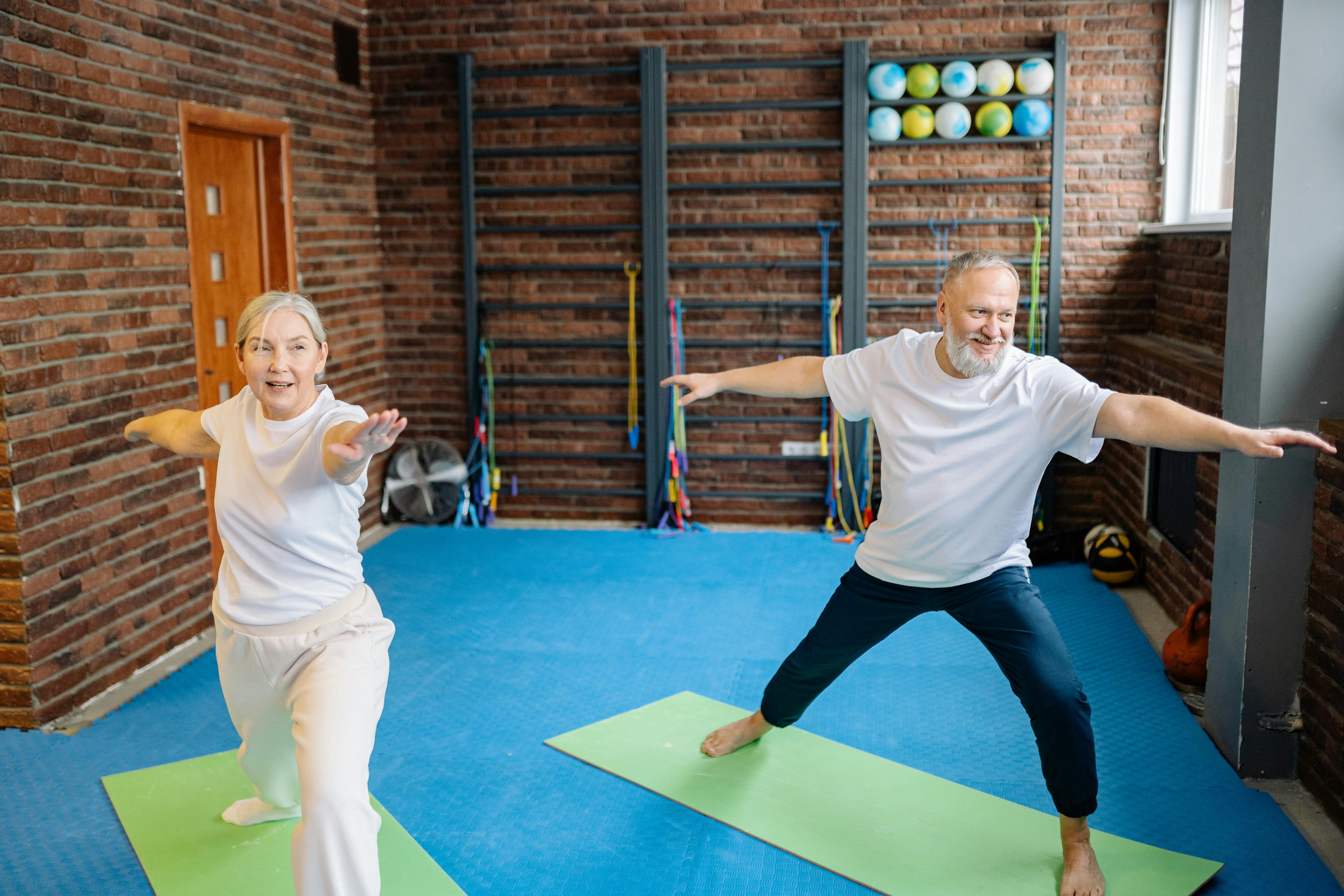Dysomnia is one of the main sleep disorders that makes a person have difficulty initiating sleep or staying asleep. Having this type of disorder disrupts the amount, timing, and quality of sleep. Common causes of dysomnias are early bedtime, naps during the day, stress, physical pain, and caffeine.
Dysomnias are divided into 3 main subcategories:
- Intrinsic: originates within the body
- Extrinsic: derived from environmental conditions.
- Circadian rhythm: developed from both intrinsic and extrinsic sleep disorders
Intrinsic sleep disorders
Hypersomnia – Identified by EDS or excessive daytime sleepiness. It is characterized by sleeping too much at night and having difficulty waking up from prolonged sleep. The person with hypersomnia usually sleeps up to 18 hours and, instead of feeling recharged, feels disoriented. Kleine-Levin syndrome or Sleeping Beauty syndrome is the popular form of hypersomnia.
Narcolepsy: This is also characterized by EDS and is considered a severe sleep disorder that occurs at unexpected times. It usually allows the patient to fall asleep immediately in REM stage in just 10 minutes. This is very dangerous for the person who has narcolepsy because he can fall asleep while walking, running, driving, etc.
Periodic Limb Movement Disorder: Also called nocturnal myoclonus in which a person moves the limbs helplessly while sleeping. Often the patient is not fully aware of these movements.
Restless legs syndrome: also known as Wittmaack-Ekbom syndrome and “the jimmylegs” is a state in which the patient has a strong desire to move the body on the legs or arms with the sensation of “tingling”. Movement helps eliminate the sensation of pain.
Sleep apnea – a common sleep disorder that causes breathing to stop while sleeping. The respiratory pause event takes a minimum interval of 10 seconds between breaths. Loud snoring is the common symptom of sleep apnea, although not all people who snore have apnea. This type of disorder is also prone to stroke, high blood pressure, heart attack, impotence, irregular heartbeat, heart disease, and rapid weight gain.
Extrinsic sleep disorder
Insomnia – The most common sleep disorder that causes a person to have difficulty falling asleep or initiating sleep and is more common in women than men. This can be due to poor sleep habits, caffeine intake, stress, and emotional difficulties.
Other extrinsic sleep disorders include alcohol dependence, food allergy, and an inappropriate sleep routine.
Circadian Sleep Rhythm Disorder
Advanced stage sleep syndrome: It is common in older people and menopausal women. This is a case where the person feels very sleepy in the evening and wakes up early in the morning.
Late sleep phase syndrome: The person with this disorder falls asleep after midnight and has difficulty waking up in the morning.
Jetlag – Acquired when traveling through multiple time zones. It takes a person several days to adjust his biological clock that was not synchronized.
Shift Work Sleep Disorder: Affects people who changed their work schedule from morning shift to night shift or from night shift to morning shift. Continuing with these patterns can result in insomnia or EDS.


